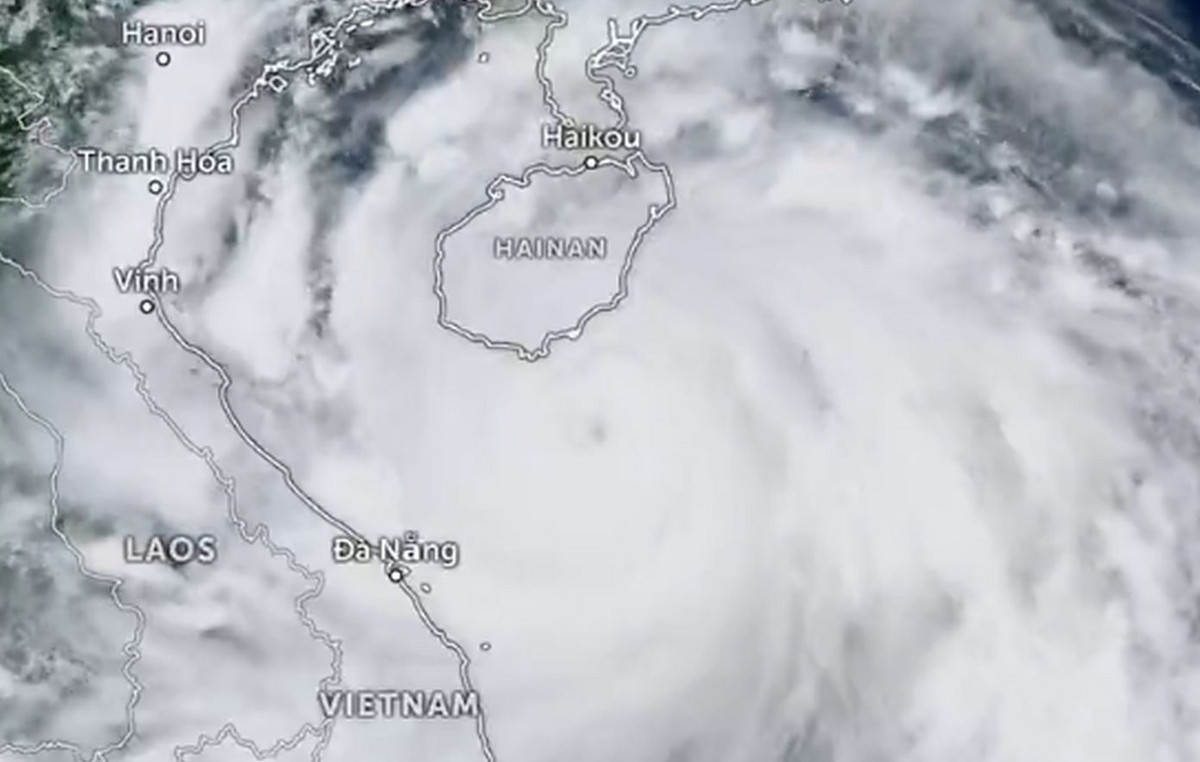A total of 29 Chinese warplanes entered Taiwan’s self-declared air defense identification zone (ADIZ) on Tuesday, according to the island’s Defense Ministry.
The folder said the planes of the People’s Liberation Army Air Force were a mix of combat, warning and control, electronic warfare, anti-submarine and aerial refueling aircraft.
It was the third highest number of Chinese jets entering the Taiwan zone in a single day since the start of the year and comes less than a month after China sent 30 warplanes on a similar mission.
In response, the Taiwanese military sent fighter aircraft to alert Chinese jets, issued radio alerts and deployed air defense missile systems to monitor activities, the Defense Ministry added.
Taiwan and China have been ruled separately since the defeated nationalists retreated to the island at the end of the Chinese civil war more than 70 years ago. But the Chinese Communist Party (CCP) sees the island as part of its territory.
Beijing has not ruled out the possibility of military force to take Taiwan and has maintained pressure on the island in recent years with frequent flights of warplanes to the island’s air zone.
Tensions in the Taiwan Strait
The Taiwan issue has been at the forefront of US-China relations in recent months.
Tensions between Washington, which is committed to supporting the island’s self-defence, and Beijing over Taiwan dominated headlines earlier this month when their respective defense ministers met at the Shangri-La Dialogue conference in Singapore.
In a speech at the event, Chinese envoy Wei Fenghe accused the US of being a “bully” in the region and promised that the Chinese army would “fight to the end” to prevent Taiwan’s independence.
After the conference, China’s Foreign Ministry reaffirmed earlier statements that it does not consider the Taiwan Strait to be “international waters”.
Reiterating Beijing’s position, an editorial in the Chinese state-run tabloid Global Times claimed that the entire Taiwan Strait – the 180-kilometre-wide body of water between Taiwan and China – is completely under Beijing’s jurisdiction.
The actions of US and foreign warships that regularly pass through the strait constitute provocations that violate Chinese sovereignty, the Global Times said.
The US Navy sees the issue differently, regularly sending warships through the strait, including on May 10, when the guided missile cruiser USS Port Royal passed through the region.
Source: CNN Brasil







